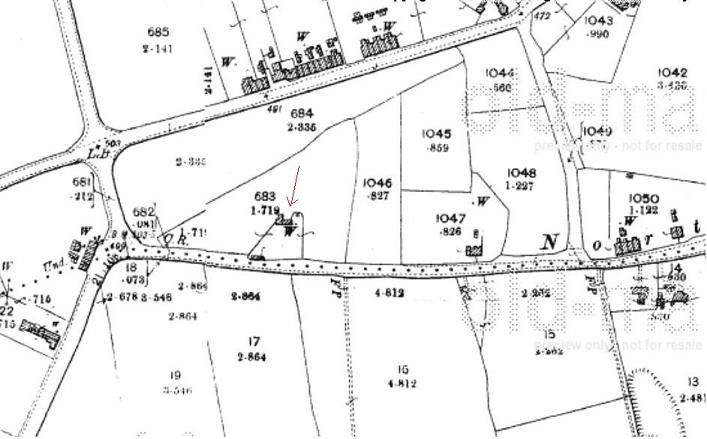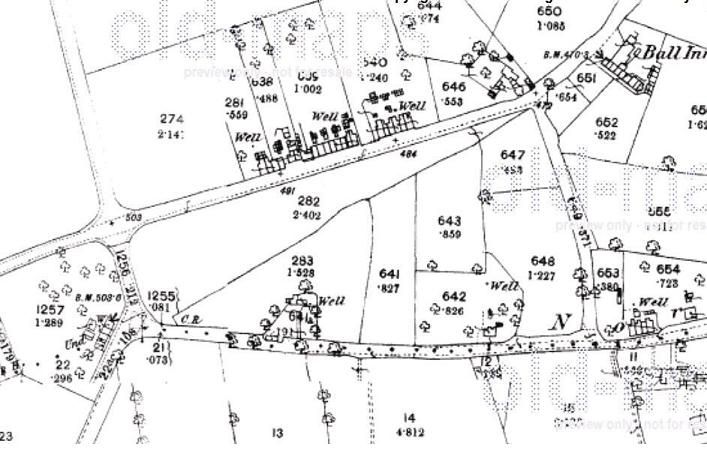tobydog
Member
- Messages
- 924
- Location
- South Suffolk
dinglem said:As soon as i saw the maps i remembered that although the driveway is almost completely flat, there is a slight depression at exactly this point where water collects when car washing etc.... I now presume this to be settlement of some kind.
dinglem said:Haha... i know. Family weakness I'm afraid. I actually have 4 :?
You're very welcomedinglem said:Thanks for the info AMc, much appreciated.
I am still only considering what to do, and I guess the first thing for me to do will be to open up the well itself and have a looksie.
The Imp engine was also the dominant engine for inboard hydroplane racing around the same time - which, being a water sport, is slightly less off-topic. :lol:tobydog said:The Hillman Imp was one of my favourite rally cross cars in the 70's. They always had so much character and held their own.
I would tend to disagree. Without digging, you will never know what is there and you will always wonder.Onetap said:It's likely it has been infilled and the filling has settled. In which case, there would be nothing of any use, it would be daft to try to dig it out.


Onetap said:So, if you dig it out, what might happen???
Onetap said:You cannot be serious.
Amen to that! Anyone who goes down a well is taking a big risk. I hope that my earlier post wasn't construed as suggesting that going down a well to dig it out by hand was an option that I would take.Onetap said:I wouldn't go down it.
dinglem said:Part of my job is excavating and inspecting large pad footings (such as those you would find at the base of pylons for example), ground investigations and foundation design. Many of the excavations we cover, including abandoned mine shaft identification use shell and auger drilling rigs to extract material and assess, amongst other things, stability. We also regularly use hydraulic shoring which provides graduated and controlled pressure plates to the sides of any excavation, such as 4-5m deep trial-pit trenches.
So no, i'm not going down the well, and yes I do know how we're going to remove any material we find. It may collapse, if we let it, but i wouldn't be very good at my job if it did.
dinglem said:Would i be wrong to assume that back-filling might have actually helped to preserve the brick structure and support it?
dinglem said:Thanks for your input though Onetap.
Unlike Onetap, I don't think you would necessarily be wrong. If there is a brick well structure, I think it's quite possible that infill might have helped to support it. But - as already discussed - I definitely wouldn't risk climbing down inside to dig it out. Not without proper, expertly installed shuttering, anyway.dinglem said:Would i be wrong to assume that back-filling might have actually helped to preserve the brick structure and support it?
Penners said:But - as already discussed - I definitely wouldn't risk climbing down inside to dig it out.
Penners said:Yes, but they're already fully occupied up the chimney.
